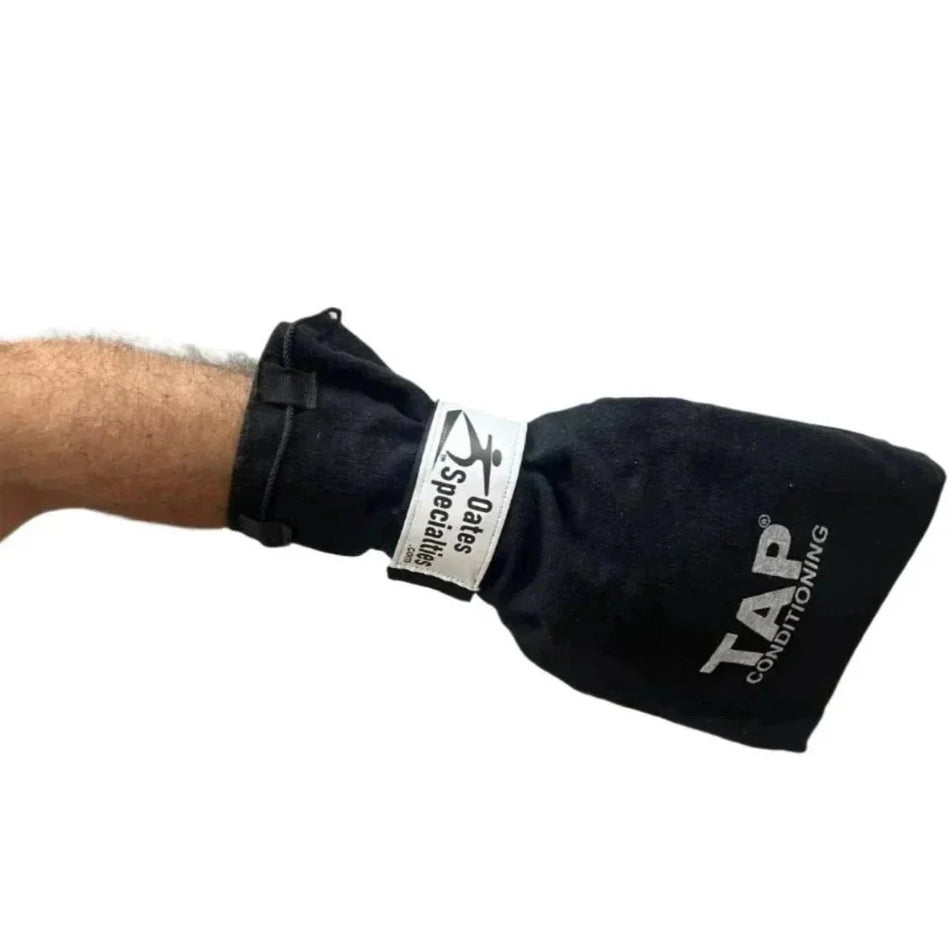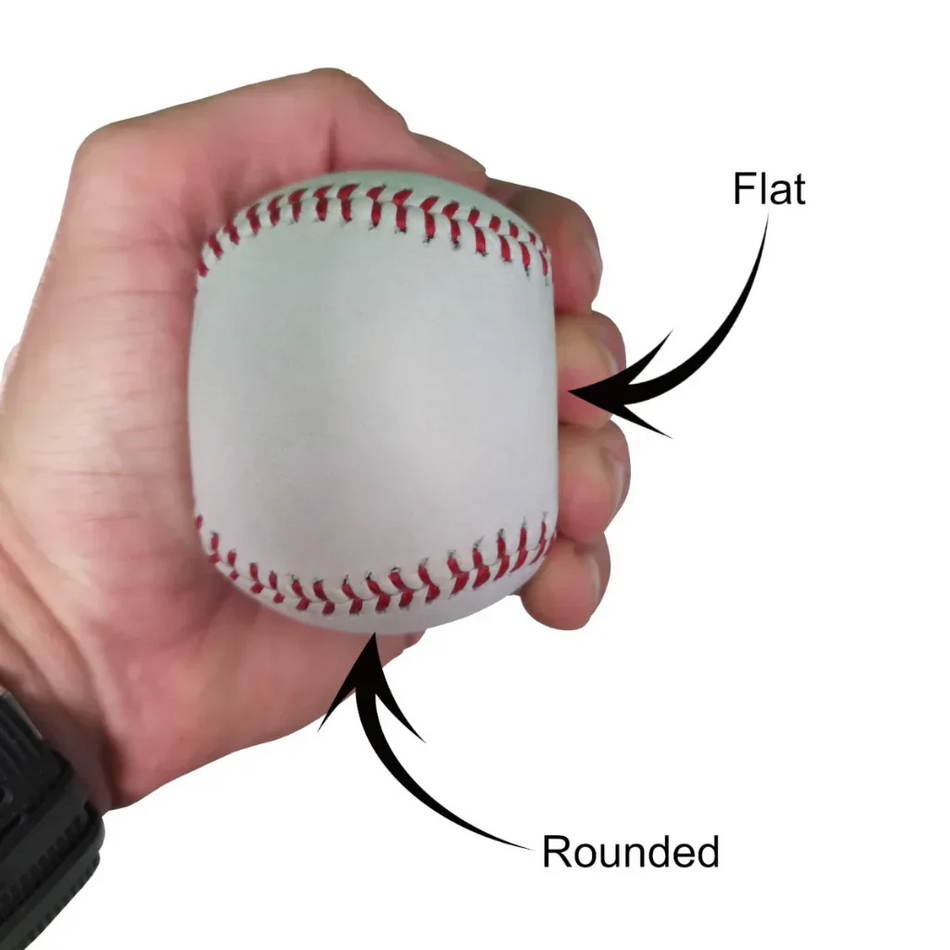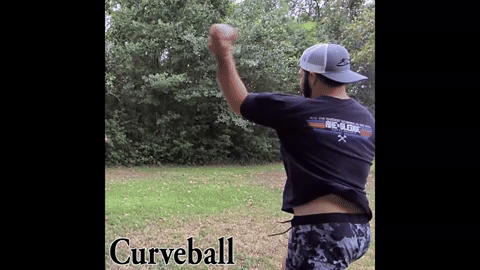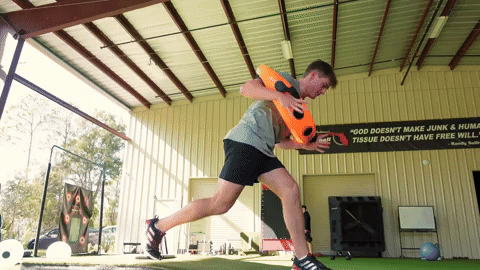In my last blog I discussed the stability/mobility kinetic chain that exists within an athlete’s body. As I mentioned before, the joints in a body alternate between being inherently in need of stability or mobility, as each mobile joint needs a stable one in order to move effectively. But having this information is just the first step, as you now need to know how to improve the stability and mobility throughout your body. There are a number of ways to improve the stability and mobility throughout your body and I’m going to mention a few ways which I have utilized in the past to help improve my lower half, including some which I have recently seen athletes at the Texas Baseball Ranch include into their workouts.
Probably the most important area of stability and mobility in general for an athlete is his lower half. Now as you know from last week this includes a number of joints, and like most joints in the body, they have a symbiotic relationship. The foot, ankle, and knee are all extremely important as they provide an athlete with his/her link to the ground, providing the leverage to create power and speed.
A method which I have used for many years now to help improve the stability in my feet is by using balance disks or a folding balance beam. While on the balance disks or beam an athlete can perform many activities such as throwing and catching medicine balls, performing rotational medicine ball drills such as the “Med Ball Wall” series, as well as doing activities such as body weight squats or lunges. The great thing about using this equipment is that you can perform nearly any activity you would normally do while standing and yet it adds a whole new dimension to the workout as you feet are being forced to stabilize the movement of your body as the air shifts beneath your feet.

These activities with the balance disks are relatively simple and therefore primarily target the stability of your feet. However, if you begin to incorporate some dynamic movements while on the balance disks or a folding balance beam you will begin to target not only the feet but also the ankles and knees. For example, I have often used the folding balance beam when doing my tubing exercises. By standing on this foam beam, your feet and knees are constantly engaged as they stabilize your dynamic movements.
Another dynamic activity which an athlete can do using the balance disks or balance beam balance beam one leg bend overwhich really challenges an athlete’s stability and mobility simultaneously, is standing on the balance equipment on one leg and while on one leg bend forward to pick up a ball on the ground. Once the ball is picked up, the athlete then returns to an upright position before bending down to set the ball down again. The goal of the activity is to remain on one leg throughout the entire exercise, which often consists of 6-10 reps of picking up and then setting down the ball. The athlete would then switch legs and repeat.

This exercise is quite challenging. Not only is the athlete forcing one foot and knee to stabilize his body weight while moving through a full range of motion, but also his ankle is moving through its range of motion, working on mobility. On top of that, if you are a pitcher (or any athlete who must perform on one leg), this is a very similar movement to your follow through in which your entire body comes over your landing leg. I had no idea how challenging this drill could be, as it requires a tremendous amount of focus on your balance as you repeatedly pick up the ball on the ground. If you are looking to make this drill more advanced, you can put numerous balls to the left and right of the athlete’s foot which he is balancing on, requiring the athlete to change the direction in which he is bending over. Sometimes the athlete will bend straight over to pick up the object and other times the athlete will have to move to the left or right to pick up the object. When I did this exercise I used ball bearings. (The day after this photo shoot, my feet were actually sore from all the stabilization required)
The next area in the lower half is the hips. As you probably remember from last time the hips are in need of mobility. Often, the reason hip mobility is lacking is due to a lack of strength within the hips which forces your range of motion to be shortened. A common way to address this problem while still forcing a wide range of motion is by attaching tubing, such as the pitcher’s friend tubing, to an athlete’s ankle and having them perform hip abduction, adduction, and flexion exercises as well as lifting up the leg and making a “step over” motion both facing the anchor of the tubing and away from it. This will help to strengthen the hip muscles while simultaneously working to improve range of motion.

Another helpful exercise is called the “fire hydrant.” The reason for this name is that it looks as though the athlete performing the exercise is a dog peeing on a fire hydrant. During this exercise, the athlete is on all fours and while keeping his/her chest facing the ground, lifts up one knee and extends it back and then up and around, back to the starting position. It looks as though there is a small, invisible hurdle which the athlete has to lift his knee over each time. This can be performed both ways, lifting the leg forward first and the back over the hurdle, or back and then over the hurdle forward. (In this photo on the right the athlete is taking his knee toward his chest in a circular motion).
These are just some basic lower half exercises to help improve the stability and mobility of an athlete. If you can improve the functional ability of the joints, the results will be significant down the road for the athlete in terms of performance and durability.
NOT that I'm advocating trying this but look at what is possible when you improve the stability of the lower half. This person is doing squats on an exercise plyometric ball!

Next week my article will focus on a few exercises to help improve the stability and mobility in an athlete’s upper half.
Until next time,
Brian Oates
Photo Credit:
https://www.youtube.com/watch?v=3BfNRUOoNIE














































